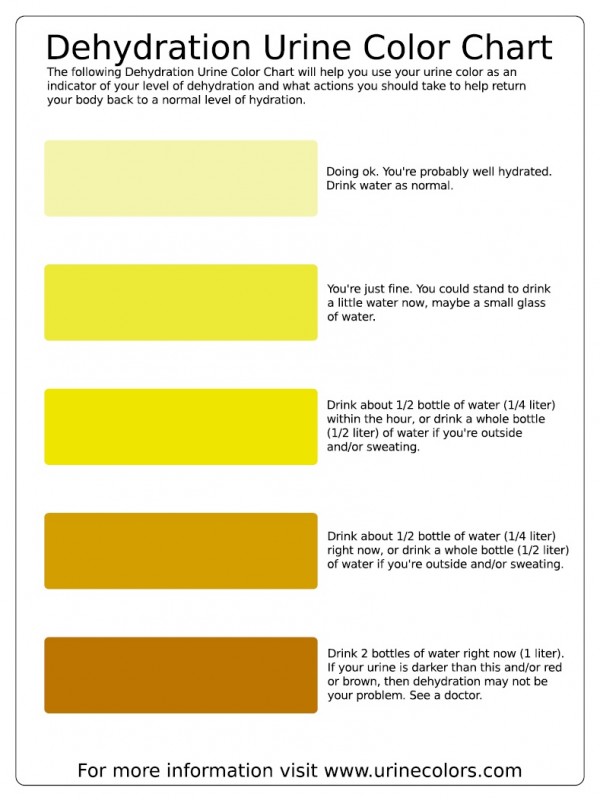As summertime temperatures rise, managers are shouldered with the responsibility of keeping plant and facility workers safe from heat illness. Additionally, they face the ongoing challenge of ensuring insulation surface temperatures remain low enough that they are not a threat to their employees.
According to the Bureau of Labor Statistics (BLS) Census of Fatal Occupational Injuries (CFOI), 230 heat-related deaths occurred from 2003 to 2009, with 81 (40%) of these fatalities in the construction industry. Over that same time period, 15,370 heat-related injuries/illnesses requiring days away from work were recorded, with 4,110 (27%) of these injuries/illnesses in the construction industry. Clearly, heat related illnesses require thoughtful consideration in the outdoor work environment.
Heat illness includes a host of health problems ranging from mild heat cramps to heat stroke that can occur when a person is not able to maintain a normal body temperature. This is caused by elevated temperatures due to the weather or the work environment – or both.

The human body is capable of maintaining a consistent temperature by “giving off” heat as the thermometer rises. In hot and/or humid conditions, we perspire.
As the moisture from our perspiration evaporates , it cools our skin, helping our body to regulate its temperature. In environments where the temperature and humidity are both high, evaporative cooling is less effective, and perspiration becomes insufficient for maintaining a healthful body temperature.
Heat in the work environment originates from a combination of ambient temperature and radiant heat sources like high-temperature process-piping and equipment. When environmental heat is coupled with a high level of exertion from the employee, heat illness is much more likely to occur. Generally speaking, the higher the ambient temperature and humidity level on the job, the lower the time period one can expect to work in that environment.
When surface temperatures on pipe and equipment routinely exceed 140° F (60° C), measures should be taken to improve the working environment. Fortunately, the use of industrial insulation on process equipment and piping not only saves money and energy, it also reduces the potential for heat- related illnesses. As insulation is added to systems, the surface temperature of these systems is dramatically reduced.This provides a cooler work environment that yields higher productivity, as workers don’t require as many breaks and are less preoccupied with the potential for burns from hot surfaces.
The use of IIG’s MinWool-1200®, MPT® Preformed Pipe Insulation, Sproule WR-1200® or Thermo-12â Gold provides an easy and efficient way to save energy and money while creating a cooler and safer work environment. The easiest way to determine the optimal IIG insulation thickness that reduces both burn potential and environmental temperature is to use NAIMA’s 3E Plus® software.
Once the insulation has been installed, the environment can be reevaluated to determine what additional steps need to be taken to ensure protection from elevated temperatures. These include, but are not limited to, the following:
- Provide drinking water
- Schedule more demanding tasks early in the day.
- Have employees wear loose-fitting, light-colored clothing
- Create a formal program for the acclimatization of employees who are unfamiliar with the requirements for working in extreme temperatures
- Provide shaded areas where employees can rest when working outside.
- Schedule regular rest periods.
- Train employees to recognize heat-related problems in themselves and fellow workers.

